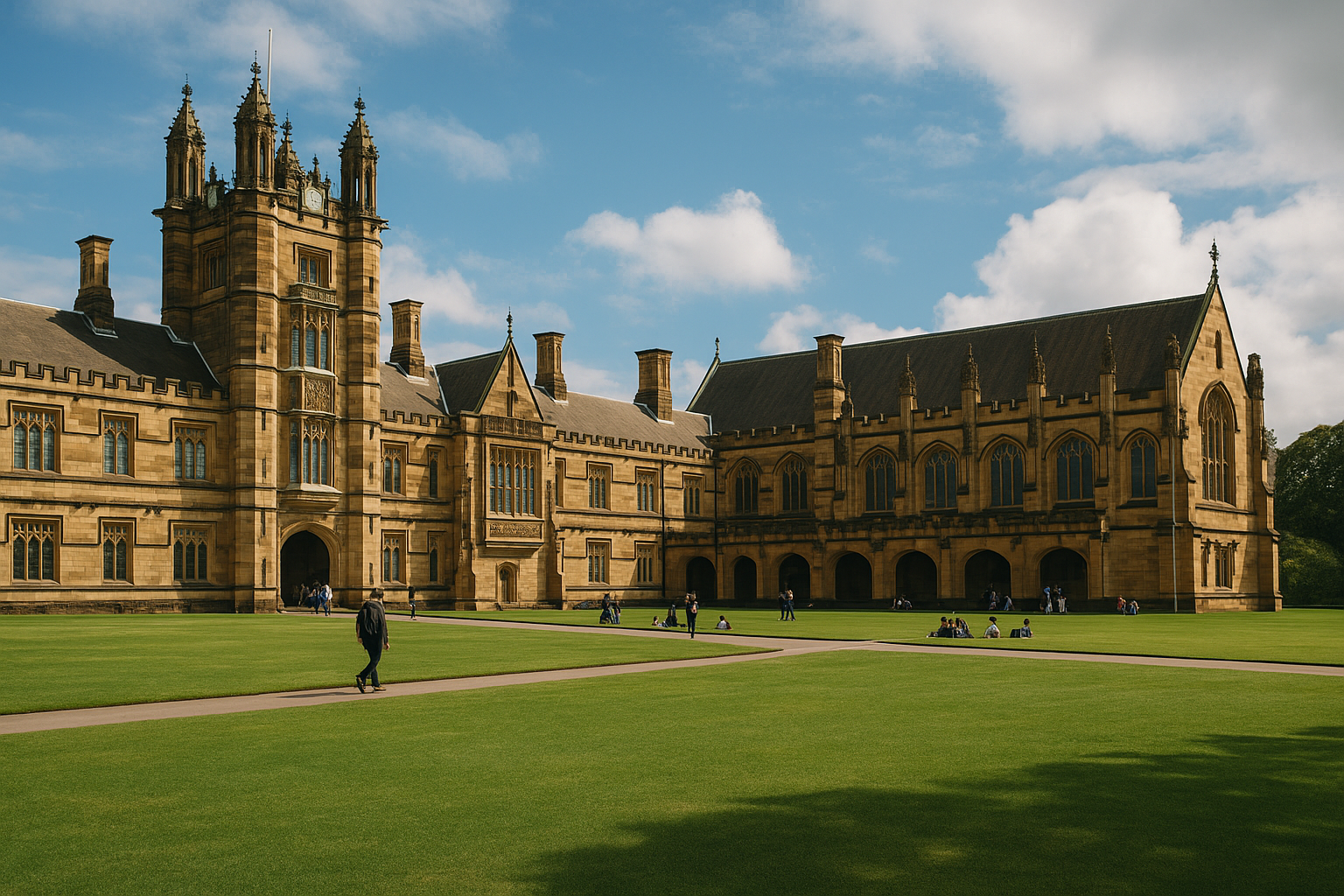Victorian Universities Grapple with Fallout from Proposed International Student Cap

Government Floats Student Cap Amid Housing and Migration Concerns.
In late 2024, the Australian government unveiled a plan to cap new international student enrolments at 270,000 for 2025. Education Minister Jason Clare framed the cap as a way to curb surging net migration and ease housing pressures, noting it would bring temporary migration closer to pre-pandemic levels. Under the proposal, each university and college would be assigned an individual quota based on recent enrolments. Officials argued this system would check the dominance of a few big institutions while helping relieve Australia’s housing crisis.
However, universities quickly pointed out that international students were being scapegoated for housing affordability issues. Universities Australia cited research showing overseas students occupy only a small portion of the rental market and contribute over $48 billion to the economy. The peak body’s president, Prof. David Lloyd, blasted the cap as the most extraordinary intervention in universities in years. He argued the plan was a populist response to migration fears that treated universities as political tools and foreign students as easy targets for blame.
Backlash from Melbourne’s Elite Universities
Melbourne’s leading universities were among the most vocal critics. The University of Melbourne revealed it had been assigned an indicative cap of 9,300 new international students for 2025 - about an 18% cut from expected enrolments. Acting Vice-Chancellor Prof. Nicola Phillips warned this would cost the university roughly $85 million in 2025 alone, with significant impacts in years to come. Outgoing Vice-Chancellor Prof. Duncan Maskell called it staggering that the sector still faced such proposals instead of serious reform, predicting detrimental consequences for years to come.
Monash University also objected to the one-size-fits-all approach. Vice-Chancellor Prof. Sharon Pickering reaffirmed Monash’s commitment to delivering quality education regardless of the proposed caps. The university suggested a more nuanced strategy using mission-based compacts rather than blunt quotas. Like other Group of Eight universities, Monash emphasized the economic, cultural, and research contributions of international students.
Some smaller and regional universities cautiously welcomed a capped system, hoping it might reverse the visa-processing bias that had favored larger institutions. However, as more details emerged, it became clear the impact would be uneven. About 15 universities - mostly larger metro campuses - would see cuts, while others might grow their international intake. Federation University in Victoria, for example, was stunned to receive a cap less than half its previous intake.
Cap Plan Blocked and Withdrawn
By November 2024, the proposal was losing political support. The opposition Coalition joined the Greens in opposing the legislation, calling it chaotic and ineffective. With limited time left in the parliamentary year, the government withdrew the proposal.
Instead, it introduced a new Ministerial Direction to throttle student visa processing once institutions reached 80% of prior intake levels. This change slowed down but did not block enrolments. Universities welcomed the retreat from mandated caps, viewing it as a victory for coordinated sector lobbying.
Financial and Strategic Implications for Universities
The failed cap highlighted how reliant Australian universities are on international student fees. Over recent years, falling public investment has driven institutions to expand international enrolments. Foreign student revenue now funds a wide array of university functions, including teaching, research, and infrastructure. The University of Melbourne and Monash University in particular depend heavily on these enrolments to support their budgets.
Had the cap gone ahead, Melbourne alone would have lost $85 million in 2025. University finance teams spent late 2024 modeling various scenarios. Some universities paused international applications. Others, like Melbourne, proceeded as normal, betting the cap would not pass.
Sector-wide, the uncertainty and stricter visa rules cost the Australian economy billions. University leaders expressed concern that planning academic programs, capital projects, and staffing levels is impossible when policies can swing wildly in response to short-term political pressure.
Lobbying and Sector Strategy Post-Cap
The cap triggered one of the most coordinated lobbying efforts in recent memory. Vice-chancellors and sector bodies worked together to highlight the potential damage to jobs, reputation, and Australia’s global standing. The Group of Eight and Universities Australia penned detailed economic impact statements and lobbied crossbench senators directly. Business groups also joined the cause.
Ultimately, the broad alliance of universities, economists, opposition leaders, and the Greens forced the government’s retreat. Now, universities are focused on recalibrating their strategies, including diversifying revenue sources and advocating for more stable public investment.
Leaders are also working to restore confidence among prospective students and partners. Public messaging has emphasized that Australia remains a welcoming destination for international students.
Future Outlook
Although the cap was defeated, the policy environment remains unstable. Net migration figures are still high, housing constraints persist, and international education remains politically sensitive.
Universities are monitoring the new visa processing settings and investing in long-term engagement with government. They are also promoting the role of international students as contributors to workforce growth, innovation, and Australia's global ties.
For institutions like the University of Melbourne and Monash, the challenge now is to maintain momentum, protect their budgets, and ensure their international reputations remain intact.
Key Links:
- https://www.unimelb.edu.au
- https://www.monash.edu
- https://www.universitiesaustralia.edu.au
- https://www.education.gov.au
- https://www.qs.com/rankings
- https://www.afr.com
- https://www.theguardian.com/australia-news
- https://www.abc.net.au/news
- https://www.smh.com.au
Sources: University of Melbourne, Monash University, Universities Australia, ABC News, The Guardian, AFR, SMH, Group of Eight, Education Department releases

